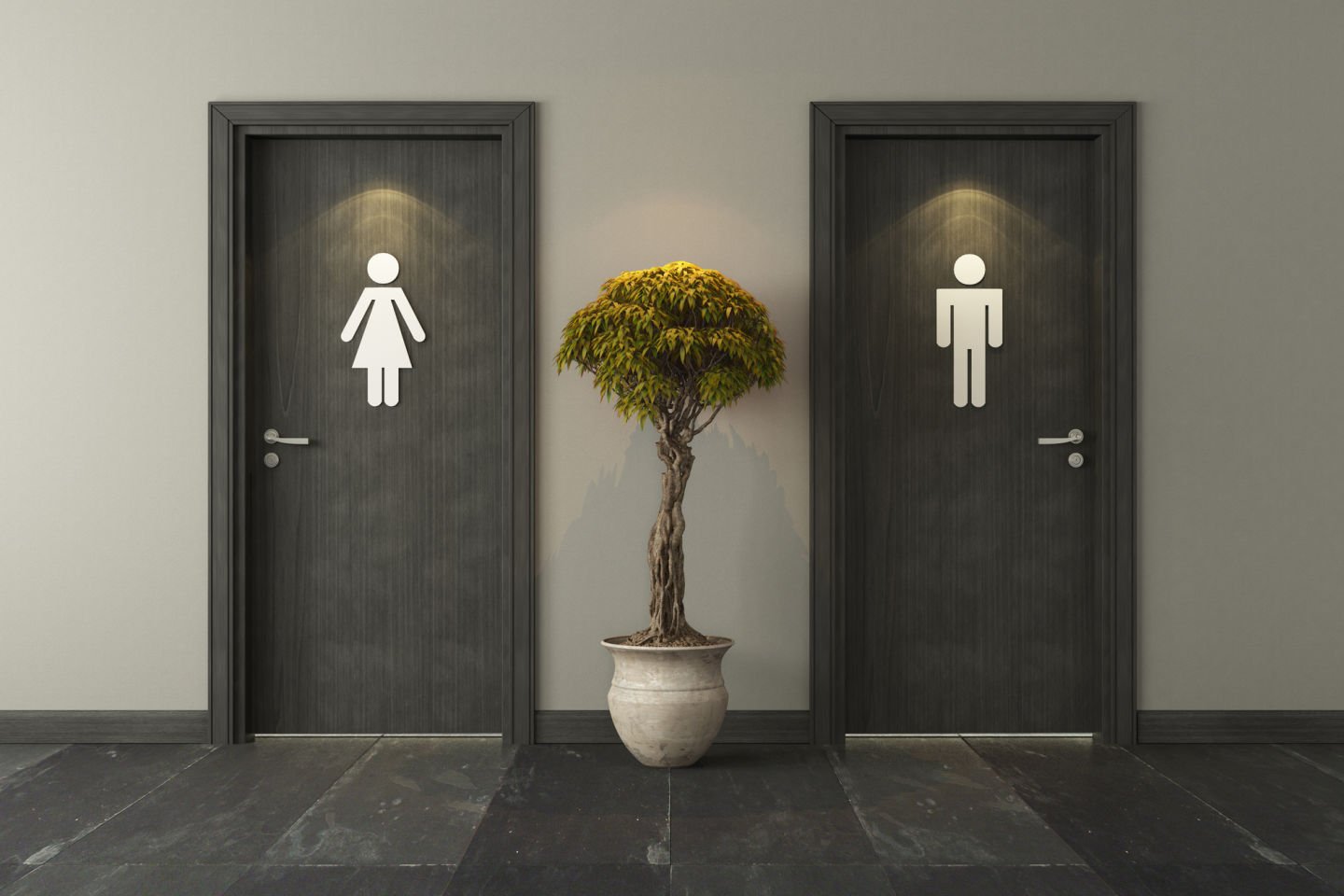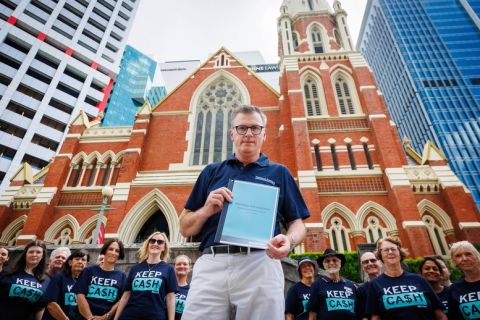Lifting the lid on public toilets
Seniors need access to age-friendly facilities – but there aren’t enough of them, and those that exist can be hard to find

Join the dunny hunt
Continence Health Australia is conducting The Great Dunny Hunt, asking Australians to help identify “hidden toilets” that are not yet featured on the National Public Toilet Map (NPTM).
Add a new toilet to the NPTM via the website and you will have a chance to win one of three $500 vouchers.
Details of the competition, which ends on 11 May 2025, are here.
Gents, Ladies, WC, bathroom, restroom, loo, dunny, outhouse ... the toilet goes by many names.
On a visit to the United States, I was told asking for direction to “the toilet” was too brash and unacceptable, apparently, to the delicate sensibilities of Americans. You don’t go to the toilet but rather the euphemistic “bathroom”. “Even if you don’t want or need a bath?” I queried a less-than-amused New York fast-food outlet attendant.
Travelling as an older man no longer in total control of the bladder, I yielded to using the euphemism. When in Rome..., as they say.
The British are not so coy; they call a toilet for what it is. A recent study into the design and availability of public toilets did not mince words: “Toilets are a space where people expose their most vulnerable body parts in an effort to achieve health outcomes.” Indeed.
A recent study makes the good point that poorly designed and inaccessible public toilets restrict the “full involvement as a citizen” by people who need them the most, including seniors and those with a disability.Improving the inclusivity of public toilets is also the emphasis of a National Seniors Australia (NSA) submission to the NSW Parliamentary inquiry into that state’s toilets, the outcome of which could flow through to other states and territories.
At NSA, we believe the provision of suitable public toilets is essential for the independence, mobility, health, and wellbeing of seniors.
There are many older people who avoid public areas, such as parks, when they are uncertain about the existence, safety, and quality of public toilets.
Being denied access to open spaces, or places where they can shop and socialise, can adversely affect physical and mental health.
“Boosting the availability of accessible toilets for seniors will ensure that older people feel comfortable getting out and about in our community,” our submission notes.
This is supported by UK data which found the issue was not only the availability of toilets, but the knowledge of their availability.
The UK study found:
20% of people may be deterred from leaving their home due to a lack of knowledge of available toilets, which they described as a “loo leash”
43% were deterred from leaving their home if they had a medical condition which increased their need for toilet facilities
56% of people restricted their fluid intake due to a lack of toilets, which can lead to urinary tract health issues.
The study observed, “Limited access to toilets can have broader health impacts as well, for instance a lack of toilets in parks can restrict the public places people can use for exercise.”
A study of several Sydney suburbs, using the very useful National Toilet Map, found that for every16,500 people there was just one accessible public toilet.
Whether in NSW or throughout Australia, these recommendations will improve the public toilet experience, health, and wellbeing for older people:
Improve data in the National Toilet Map
Create easy to understand signage directing people to toilets
Design and build more age-friendly toilets and upgrade existing toilets, including designs that cater for people with dementia, with:
Brighter light, using matte finishes to reduce glare and shadows
Contrasting colours (including for doors, toilet seats, and grab rails)
Simple layouts.
Non-slip floors, automatic toilet seats, disposable toilet seat covers, cleaning sprays and wipes, and automatic cleaning.
You can read the NSA submission to the NSW inquiry, here.
Related reading: NSA, Churchill Trust, Toilet Map, Bins4Blokes





